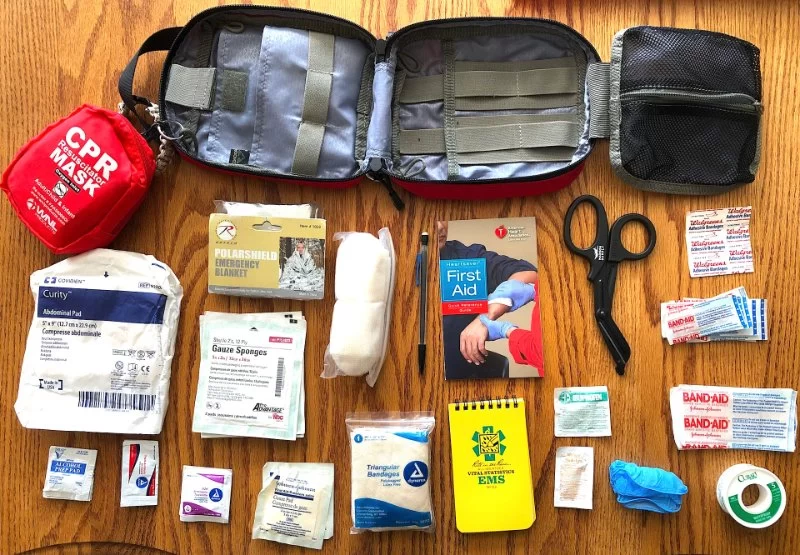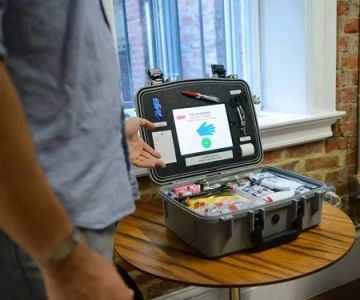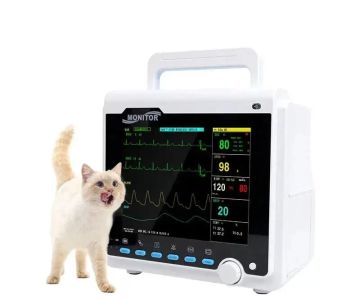- #building-a-home-first-aid-kit-with-smart-tools-for-pets-and-what-it-means—why-preparedness-matters
- #understanding-pet-first-aid—common-scenarios-and-risks
- #essential-items-for-a-pet-first-aid-kit—traditional-and-smart-tools
- #smart-tools-for-modern-pet-care—how-technology-enhances-readiness
- #how-to-organize-and-maintain-your-home-pet-first-aid-kit
- #real-life-example—when-a-first-aid-kit-made-all-the-difference
- #working-with-your-vet—integrating-professional-guidance
- #next-steps-with-hidden-brook-veterinary—for-complete-preparedness
Building a Home First-Aid Kit with Smart Tools for Pets and What It Means
For pet owners, emergencies rarely announce themselves. A home first-aid kit—especially one equipped with smart tools—can bridge the gap between the moment something goes wrong and the moment you reach professional help. Being prepared doesn’t just ease panic; it can prevent minor issues from becoming life-threatening.
1) Understanding pet first-aid: common scenarios and risks
From cuts and insect stings to heatstroke and allergic reactions, pets face many of the same urgent health risks we do—plus a few unique to their curious nature, like swallowing foreign objects or encountering toxic plants. First-aid readiness means recognizing symptoms quickly and having the right supplies within arm’s reach.
2) Essential items for a pet first-aid kit: traditional and smart tools
Traditional essentials: gauze pads, non-stick bandages, adhesive tape, antiseptic wipes, blunt scissors, digital thermometer, tweezers, and saline solution.
Smart additions: portable digital stethoscopes, pet-specific health monitoring devices, and Bluetooth thermometers that sync with mobile apps for tracking trends over time. These tools help you communicate more accurately with your vet during emergencies.
3) Smart tools for modern pet care: how technology enhances readiness
Today’s smart pet tools go beyond convenience—they provide data that can guide immediate decisions. For example, a smart thermometer can log temperature changes during heatstroke, while a pet health app can store wound photos and symptom notes you can instantly share with a vet. Some even integrate with GPS collars to alert you if your pet’s activity suddenly drops, which can be a sign of injury or illness.
4) How to organize and maintain your home pet first-aid kit
Choose a waterproof, portable container and divide it into sections: wound care, monitoring tools, medications (approved by your vet), and emergency contact info. Check expiration dates quarterly and test your smart devices to ensure batteries are charged and apps updated. Keep the kit in an accessible location but out of reach of pets and children.
5) Real-life example: when a first-aid kit made all the difference
When “Luna,” a 6-year-old border collie, tore her paw pad on a hiking trail, her owner used a gauze wrap, antiseptic wipe, and a portable pet pulse oximeter from their kit before carrying her to the car. By the time they reached the vet, bleeding was controlled, and vital signs were documented—allowing the clinic to start treatment immediately without delay.
6) Working with your vet: integrating professional guidance
Even the best-equipped kit is only as effective as your knowledge. Ask your veterinarian for training on using each item and for recommendations on pet-safe medications. Your vet can also suggest which smart tools integrate best with their own systems for remote updates or telehealth consultations.
7) Next steps with Hidden Brook Veterinary: complete preparedness
Hidden Brook Veterinary can help you design a first-aid kit tailored to your pet’s species, breed, age, and health history. We’ll guide you in selecting both traditional and smart tools, train you in their use, and ensure your kit is always up-to-date—so when emergencies happen, you’re ready.












